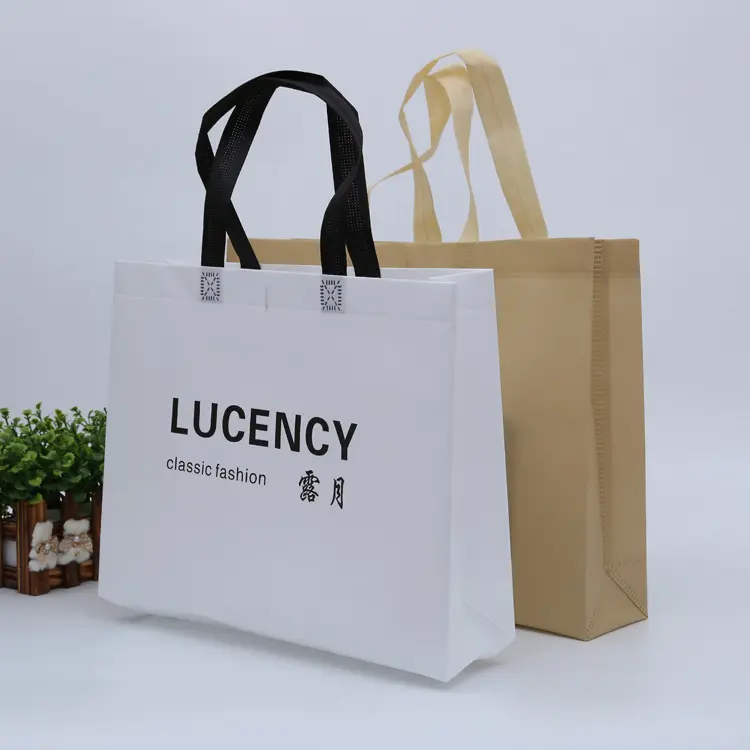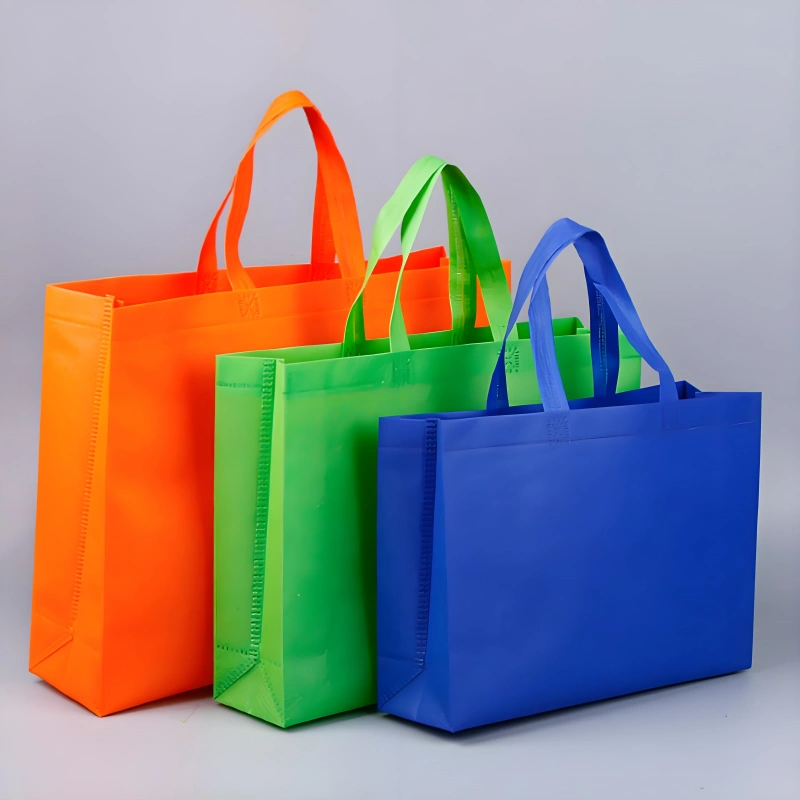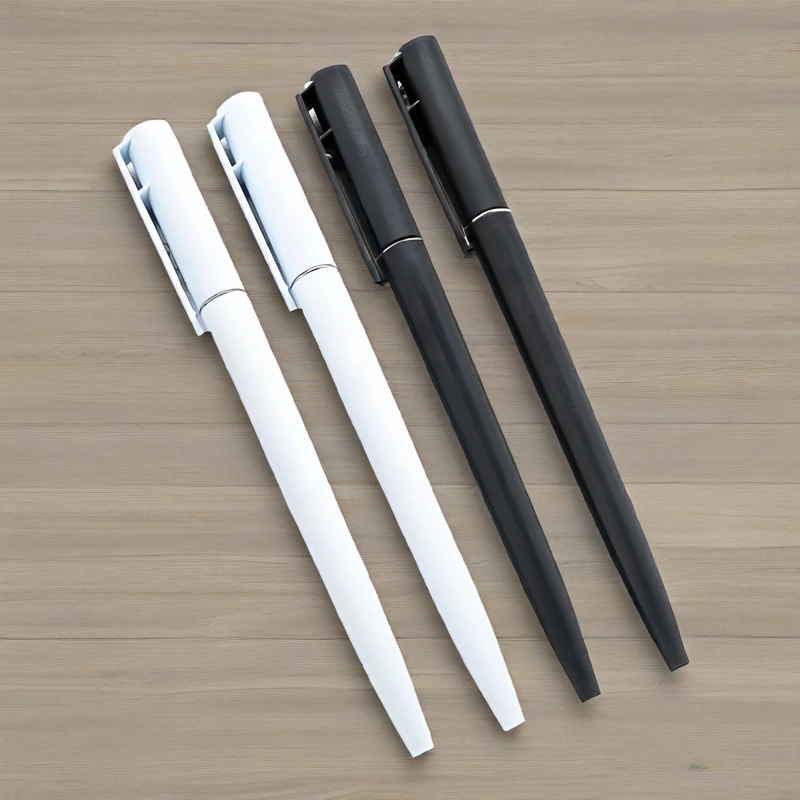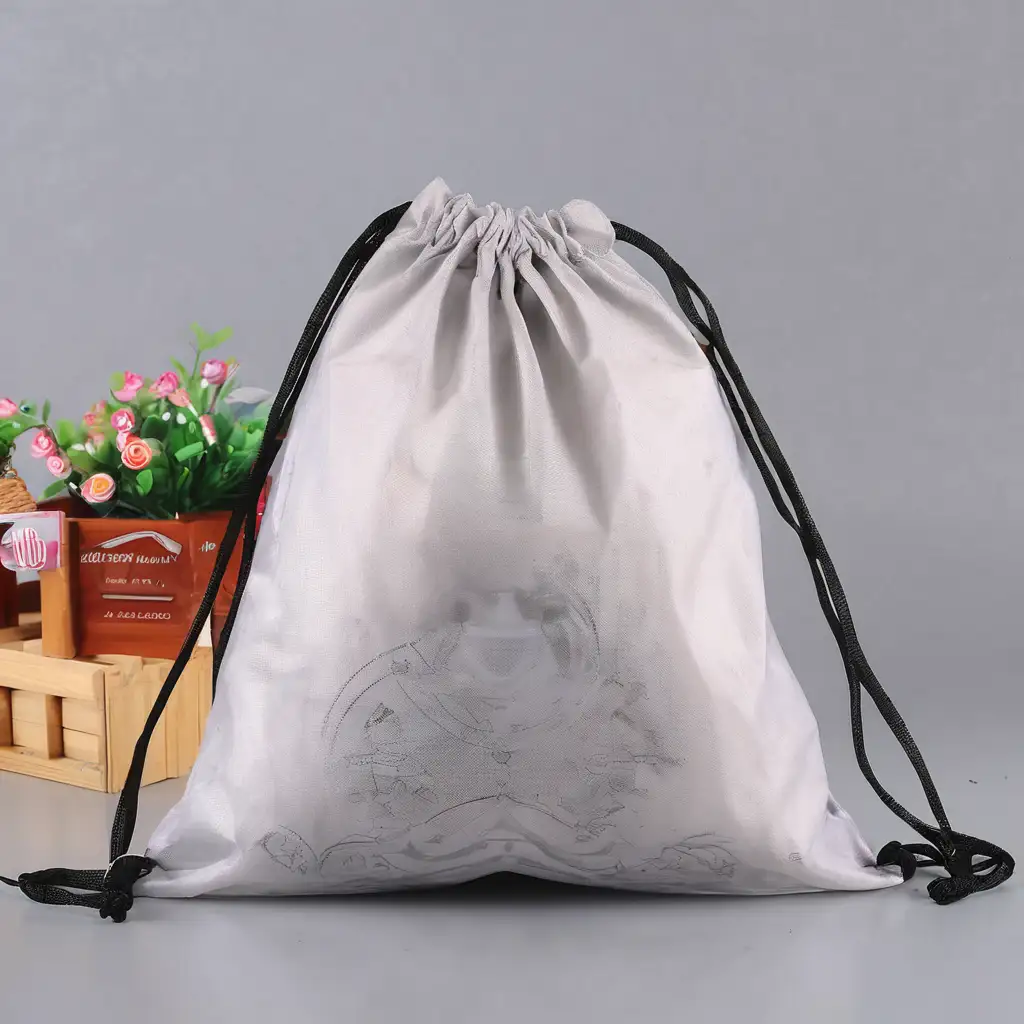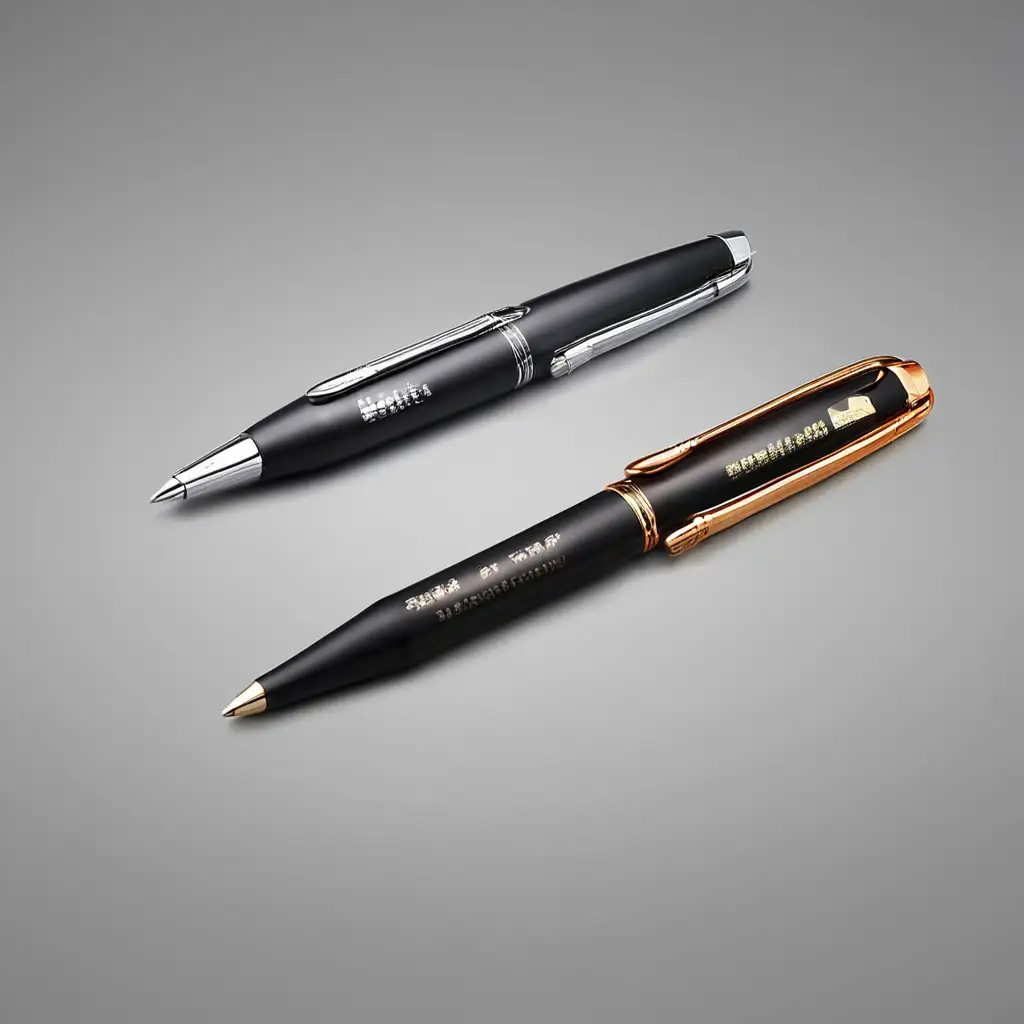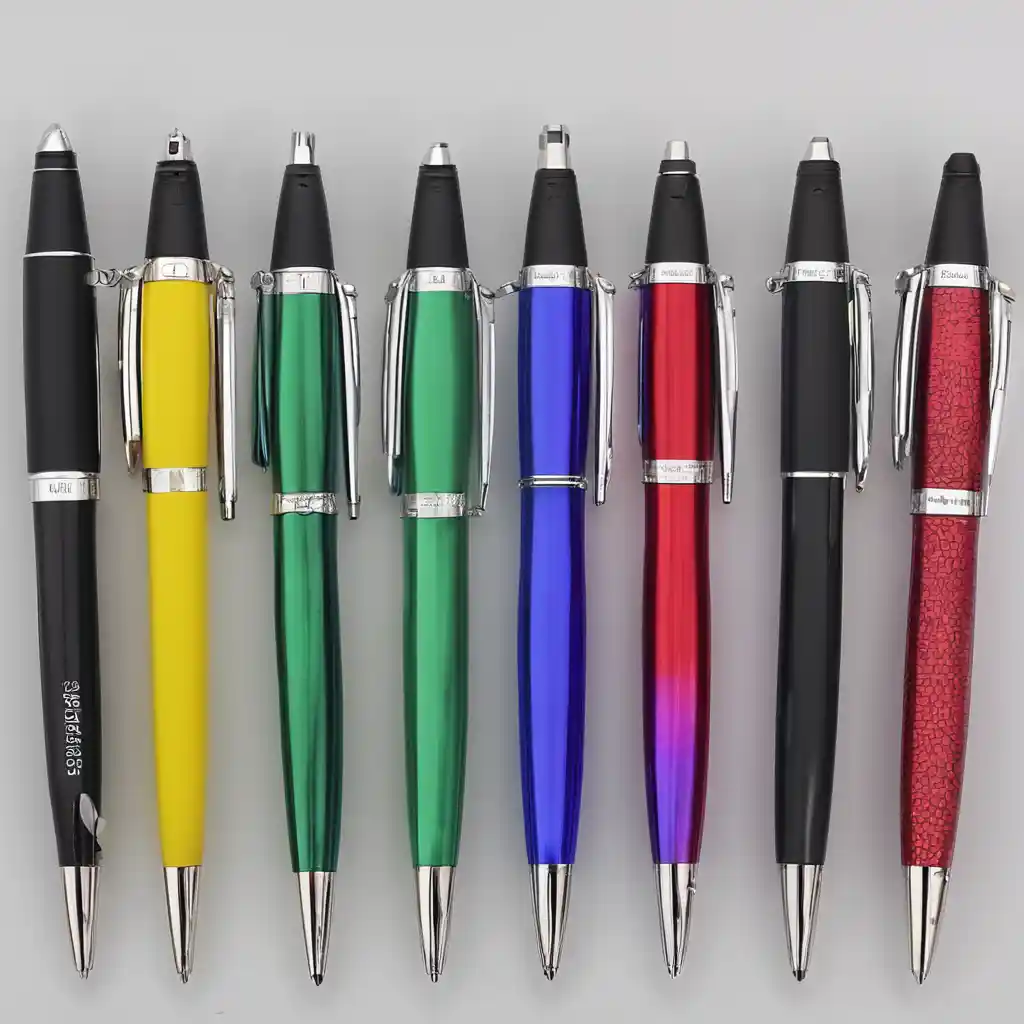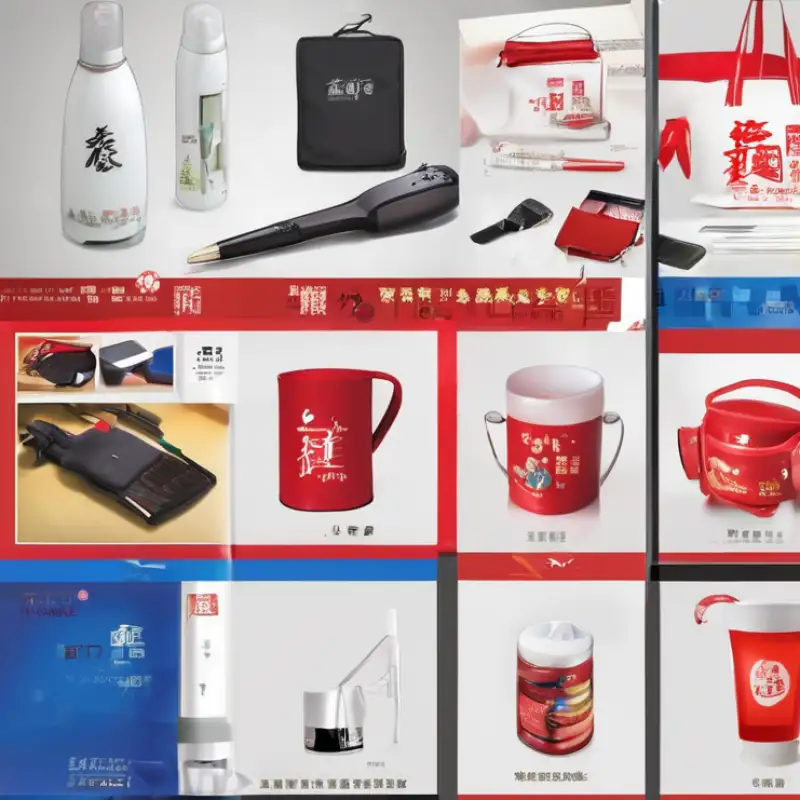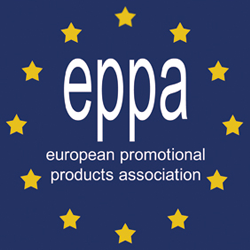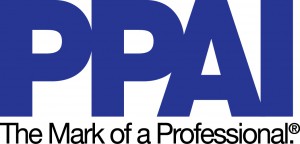Non-woven polypropylene bags have emerged as a popular alternative to traditional plastic bags due to their perceived environmental benefits. However, assessing their true impact on the environment requires a comprehensive understanding of their life cycle, including production, usage, and disposal. This article explores the environmental implications of non-woven polypropylene bags, backed by evidence and examples.
Production Process
Non-woven polypropylene bags are typically made from polypropylene fibers bonded together by heat, pressure, or chemical processes. While the production process consumes energy and resources, it generally generates fewer greenhouse gas emissions and pollutants compared to conventional plastic bag manufacturing.
The production process of non-woven polypropylene bags involves several steps:
Raw Material Extraction: Non-woven polypropylene bags are primarily made from polypropylene, a thermoplastic polymer derived from propylene gas, which is a byproduct of oil refining. Polypropylene is chosen for its durability, water resistance, and recyclability. The extraction of propylene involves drilling for oil, followed by the refining process to obtain propylene gas.
Polypropylene Manufacturing: Once propylene gas is obtained, it undergoes a process called polymerization, where propylene molecules are linked together to form long chains of polypropylene polymer. This polymerization process typically occurs in specialized chemical plants and requires energy input.
Formation of Non-Woven Fabric: The polypropylene polymer is then processed into fibers through a variety of methods, such as extrusion, spinning, or melt blowing. These fibers are then arranged randomly or in a specific pattern and bonded together through heat, pressure, or chemical processes. The result is a non-woven fabric with a characteristic soft texture and high tensile strength.
Bag Production: The non-woven fabric is then cut and stitched into the desired shape and size to form polypropylene bags. The bags may undergo additional processes such as printing or laminating to add design elements or enhance durability.
Energy and Resource Consumption:
The production of non-woven polypropylene bags does consume energy and resources, primarily during the polymerization and fabrication stages. Energy is required for heating, melting, and shaping the polypropylene polymer into fibers, as well as for the operation of machinery and equipment throughout the production process.
Resource consumption includes the use of raw materials such as propylene gas and additives (e.g., stabilizers, colorants) to enhance the properties of the polypropylene. Water may also be used for cooling and cleaning purposes during manufacturing.
Environmental Impact
Despite the energy and resource consumption involved, the production of non-woven polypropylene bags generally generates fewer greenhouse gas emissions and pollutants compared to conventional plastic bag manufacturing. This is primarily due to the lower carbon footprint of polypropylene as a material and the efficiency of modern manufacturing processes.
For example, a study by the Danish Environmental Protection Agency found that producing polypropylene bags emits approximately 68% less greenhouse gases than producing conventional plastic bags of equivalent size and functionality. This reduction can be attributed to factors such as the lower energy intensity of polypropylene production and the potential for using recycled polypropylene in bag manufacturing.
While the production of non-woven polypropylene bags does have environmental impacts, their relatively lower emissions and resource use make them a more sustainable alternative to conventional plastic bags. However, it's important to continue improving manufacturing processes and promoting recycling initiatives to further reduce their environmental footprint.
Usage and Durability
One of the key environmental advantages of non-woven polypropylene bags is their durability and reusability. These bags can withstand multiple uses, reducing the need for single-use plastic bags that often end up in landfills or polluting oceans.
Durability: Non-woven polypropylene bags are renowned for their durability and robustness. Unlike flimsy single-use plastic bags, which often tear or break after one or a few uses, non-woven polypropylene bags can withstand repeated use without compromising their structural integrity. This durability stems from the inherent strength of polypropylene fibers and the bonding methods used during fabrication.
Reusable Nature: Because of their durability, non-woven polypropylene bags can be reused multiple times before reaching the end of their lifespan. Consumers can use them for grocery shopping, carrying items to work or school, or even as tote bags for various purposes. The ability to reuse these bags reduces the demand for single-use plastic bags, which are a significant source of environmental pollution.
Reduction of Single-Use Plastic: Research conducted by the UK Environment Agency underscores the environmental impact of non-woven polypropylene bags in replacing single-use plastic bags. A single non-woven polypropylene bag has the potential to replace hundreds or even thousands of disposable plastic bags over its lifetime. This significant reduction in the consumption of single-use plastics translates to less plastic waste entering landfills, oceans, and natural environments.
Waste Reduction: By promoting the use of non-woven polypropylene bags, communities can effectively reduce their overall waste generation. Because these bags are reusable, they help minimize the amount of waste that accumulates in landfills or ends up as litter in the environment. This aligns with waste reduction and recycling goals set forth by governments and environmental organizations worldwide.
Economic Benefits: In addition to their environmental advantages, non-woven polypropylene bags offer economic benefits to both consumers and businesses. While consumers save money by investing in durable, reusable bags that eliminate the need for frequent purchases of disposable plastic bags, businesses can also benefit from branding opportunities and customer loyalty associated with eco-friendly practices.
The usage and durability of non-woven polypropylene bags play a pivotal role in mitigating the environmental impact of plastic pollution. By encouraging the widespread adoption of reusable bags and promoting sustainable consumption habits, individuals, communities, and businesses can collectively contribute to a cleaner, healthier planet for future generations.
End-of-Life Options
While non-woven polypropylene bags are not biodegradable, they can be recycled or repurposed at the end of their life cycle. Many recycling facilities accept polypropylene materials, allowing these bags to be transformed into new products such as furniture, automotive parts, or even new bags. Additionally, some companies offer take-back programs where customers can return used polypropylene bags for recycling or proper disposal.
Recycling: Polypropylene is a highly recyclable material, and many recycling facilities accept non-woven polypropylene bags. Once collected, the bags are sorted, cleaned, and processed into raw materials that can be used to manufacture various products. Common recycled polypropylene products include furniture, automotive parts, storage containers, and new bags. Recycling non-woven polypropylene bags helps conserve resources, reduce waste, and minimize the environmental footprint associated with producing virgin materials.
Repurposing: In addition to recycling, non-woven polypropylene bags can be repurposed for other applications. Creative individuals and organizations have found innovative ways to reuse these bags, such as crafting them into durable mats, insulation material, or even artwork. By giving non-woven polypropylene bags a new life through repurposing, we extend their usefulness and delay their entry into the waste stream.
Take-Back Programs: Some retailers and manufacturers offer take-back programs for non-woven polypropylene bags. These programs allow customers to return used bags to designated collection points or retail outlets for recycling or proper disposal. Participating in take-back programs ensures that used bags are managed responsibly and prevents them from ending up as litter or landfill waste. It also promotes a closed-loop system where materials are recycled and reintegrated into the production cycle.
Education and Awareness: Promoting awareness about the recyclability and end-of-life options for non-woven polypropylene bags is essential for encouraging responsible disposal practices. Providing clear guidance on how to recycle or repurpose these bags, as well as information about local recycling facilities and take-back programs, empowers consumers to make environmentally conscious choices. Educational initiatives can also highlight the environmental benefits of recycling non-woven polypropylene bags and the importance of reducing single-use plastics in favor of reusable alternatives.
By implementing effective end-of-life strategies and promoting sustainable disposal practices, we can maximize the environmental benefits of non-woven polypropylene bags while minimizing their impact on ecosystems and waste management systems. Collaboration among stakeholders, including consumers, manufacturers, retailers, and waste management authorities, is key to achieving a circular economy where resources are conserved, and waste is minimized.
Environmental Concerns
Despite their sustainability benefits, non-woven polypropylene bags are not without environmental concerns. Improper disposal, such as littering or landfilling, can lead to pollution and harm to wildlife. In particular, if these bags end up in marine environments, they can pose a threat to marine animals through ingestion or entanglement. Therefore, promoting proper waste management practices and encouraging recycling initiatives are essential to mitigate these risks.
Conclusion
Non-woven polypropylene bags offer a promising solution to the environmental challenges posed by single-use plastic bags. Their production requires fewer resources and generates fewer emissions, while their durability enables multiple uses, reducing waste generation. However, addressing their end-of-life management and preventing environmental pollution require concerted efforts from governments, businesses, and consumers. By adopting sustainable practices and promoting circular economy principles, we can maximize the environmental benefits of non-woven polypropylene bags while minimizing their drawbacks.
Custom non-woven polypropylene bags
We specialize in the production and wholesale distribution of non-woven polypropylene bags. Enhance your brand's visibility with our custom logo printing services, available as complimentary promotional gifts. Take advantage of our free design consultation and special discounts for large orders. We welcome clients from around the globe to personalize their orders and benefit from our exceptional quality and service. Contact us today to explore our wide range of customizable options.
